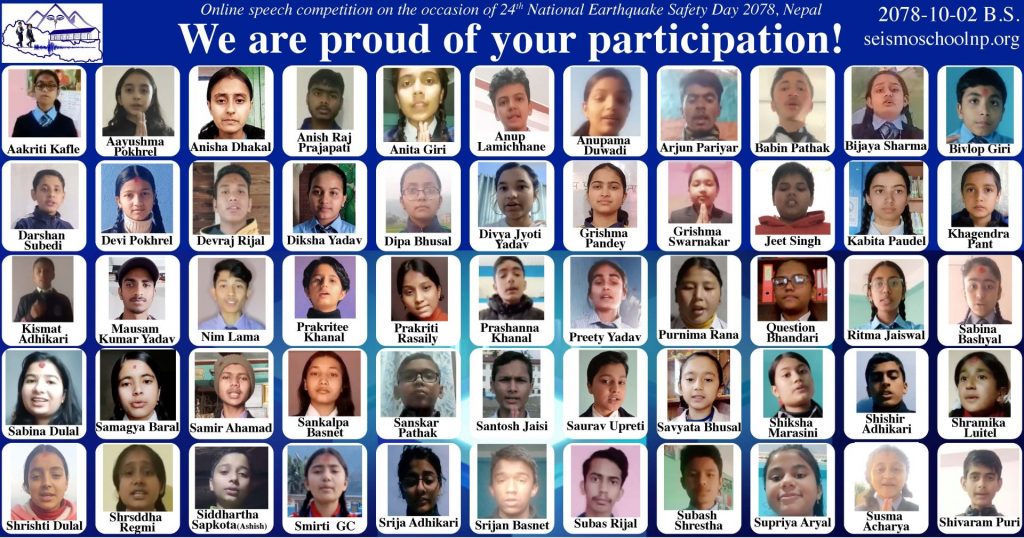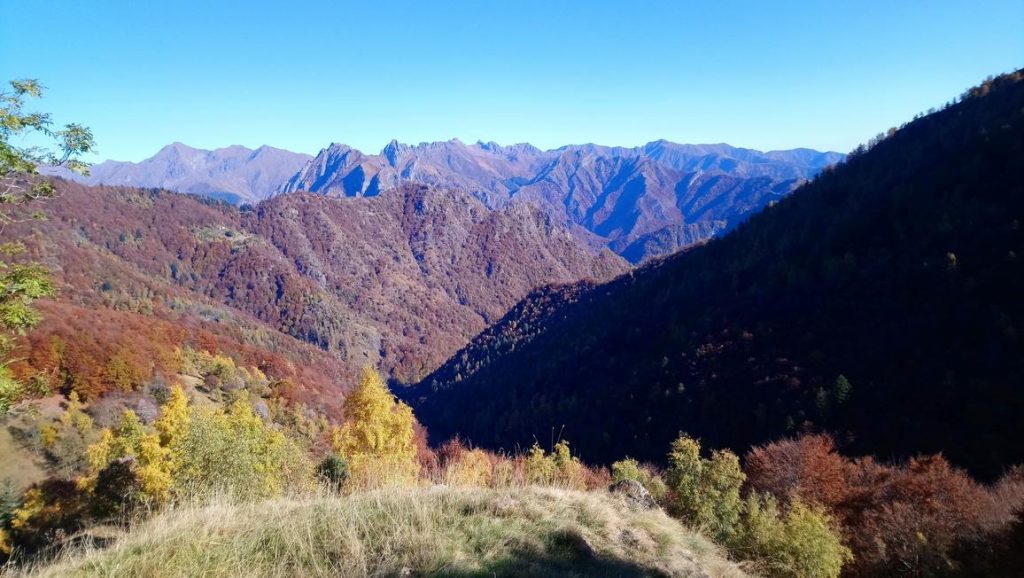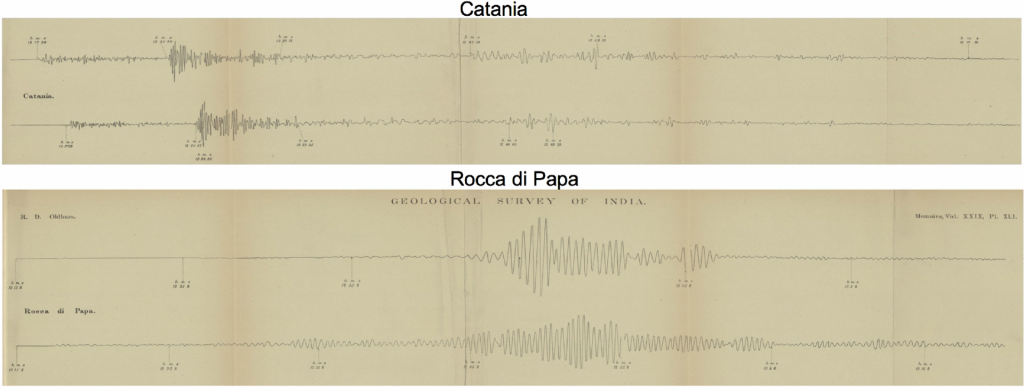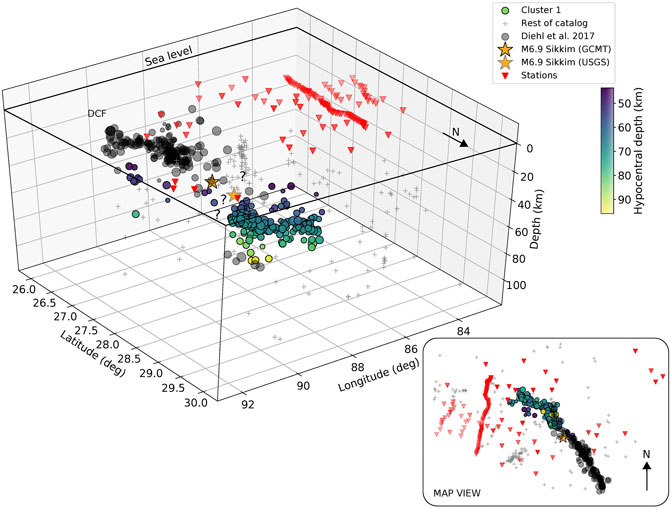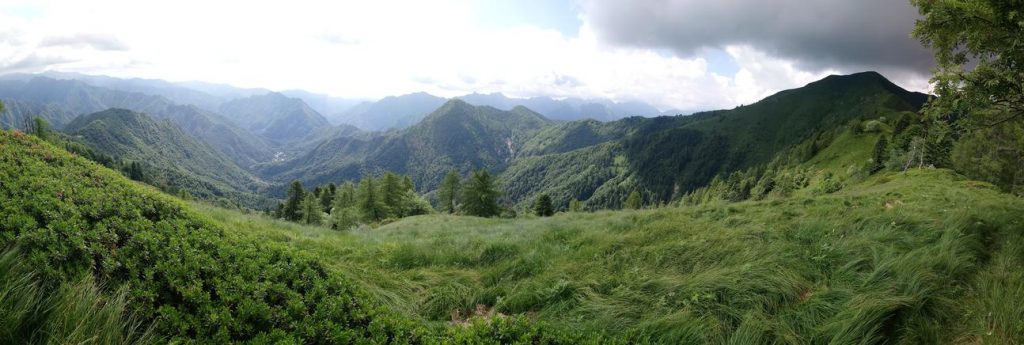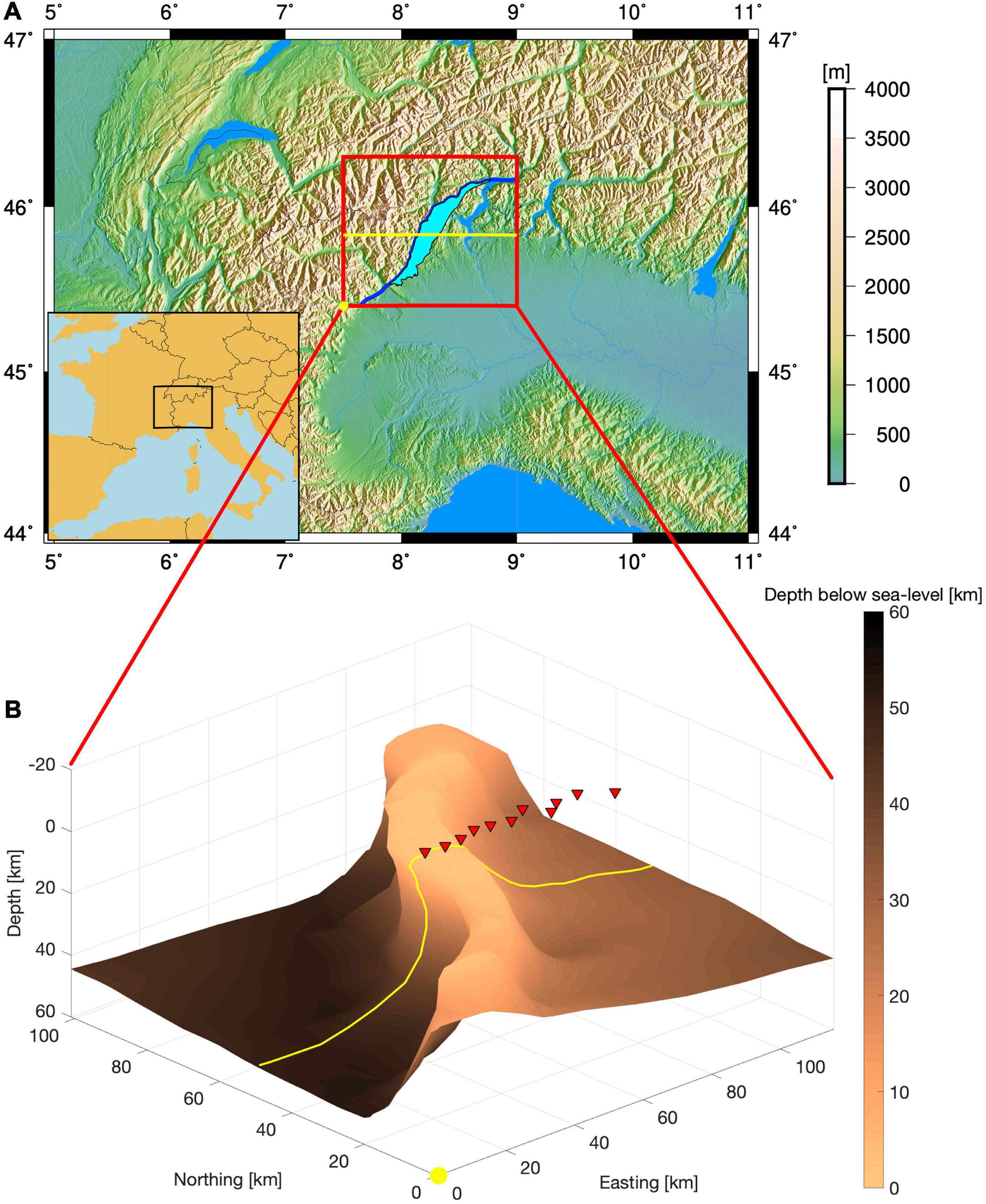Around mid-January each year is Nepal’s Earthquake Safety Day. On occasion of the 24th such day (2022 in the western world, 2078 in the Nepali calendar), the Seismology at School in Nepal program has organized a rhetoric contest: videos up to 4 minutes long were to compete on the topic of “The role of schools in earthquake preparedness“. A total of 55 videos have been received, which is much above the expectations – congratulations to all participants on their motivation, and thank you for taking part. Below is a poster showing everyone who entered this contest. The top 3 performers have received an award: Aayushma Pokhrel, Samir Ahamad, and Anup Lamichhane. Congratulations!
